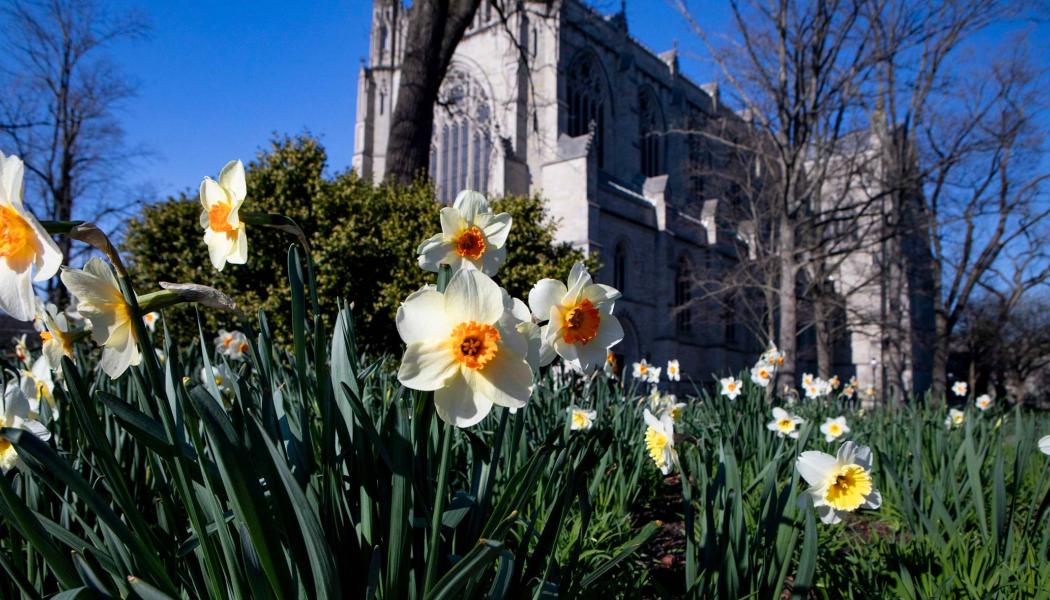
Princeton trustees set 2024-25 budget, increasing spending for undergraduate financial aid and graduate student support
The trustees of Princeton University have adopted an operating budget for the University totaling $3.1 billion for 2024-25, which includes a 7.8% increase in the undergraduate financial aid budget, to $279 million. The increase underscores Princeton’s commitment to access, affordability and socioeconomic diversity, and reflects the continued expansion of the student body.
Most families with incomes up to $100,000 pay nothing to attend Princeton, receiving aid to cover the total cost of attendance, including tuition, housing, food, books and personal expenses. A quarter of all undergraduates pay nothing to attend.
The University also provides financial aid to many families with higher incomes; about two-thirds of students currently receive assistance. Nearly half of all Princeton students receive aid that covers the full cost of tuition, including most families with incomes up to $200,000.
Princeton’s financial aid program is recognized as one of the most generous in the country. In 2001, the University was the first in the country to eliminate loans from undergraduate aid packages, enabling students to graduate debt-free. The University made substantial enhancements to its aid program starting in the 2023-24 year, providing even more generous support to undergraduates and their families.
In 2024-25, the estimated average grant for undergraduates receiving aid will rise by more than $3,200, to $74,380 a year.
Princeton is also committed to supporting its graduate students. The University will increase average graduate fellowship and stipend rates by 4.25% for 2024-25. Total graduate student support is projected to increase 6.7%, to $335 million, based on other rate changes and enrollment.
Between fiscal years 2022 and 2025, Princeton’s spending on graduate and undergraduate student financial support is expected to increase by about 33%, or $152 million, due to pathbreaking changes in aid methodology, stipend rates and the numbers of students receiving support.
“At Princeton we make big bets on human talent from all sectors of society,” Provost Jennifer Rexford said. “We attract amazing students — at both the undergraduate and graduate levels — and go the extra mile to make their educational ambitions affordable.”
The University’s commitment to access and affordability has allowed it to diversify the makeup of the student body in significant and meaningful ways. In the Class of 2027, 67% of students receive financial aid, compared with 52% in the Class of 2008. The percentage of undergraduates eligible for federal Pell grants, restricted to lower-income students, has also risen, from 7% in the Class of 2008 to about 20% in recent years.
Earlier this month, the Board of Trustees set aggressive new enrollment goals for low- and middle-income students. The trustees said the University should aim for a total undergraduate student body that is at least 70% eligible for need-based financial aid and at least 22% Pell Grant eligible.
Princeton provides financial aid in the form of grants, which do not have to be repaid. It does not require any borrowing, so students can graduate without debt, and there is no expected contribution from student work or summer earnings.
Aid packages are recalculated each year to offset increases to tuition, room, board and other expenses and to account for changes in the family’s financial circumstances. In determining need, Princeton excludes equity in the primary residence and retirement savings, and it considers other obligations, such as educational expenses for other children enrolled as undergraduates, as well as debt.
The University’s endowment distributions and investment income cover more than 70% of the undergraduate financial aid budget and over 60% of the overall operating budget.
The undergraduate fee package (which includes tuition, room and board) for the 2024-25 academic year will be $82,650. The estimated “net cost after aid” to attend Princeton for the average scholarship recipient is expected to be approximately $13,000 for 2024-25. The estimated “net cost after aid” to attend Princeton for the average student on aid has fallen significantly since the University enhanced its aid methodology, from $20,000 in 2022-23.
The trustees approved the budget during a meeting in late March.
The article first appeared on the Princeton University website.


